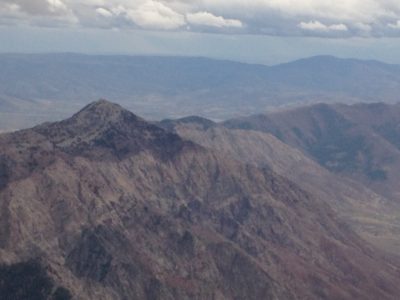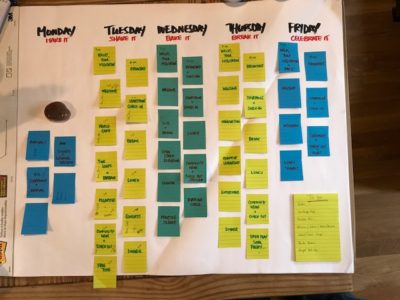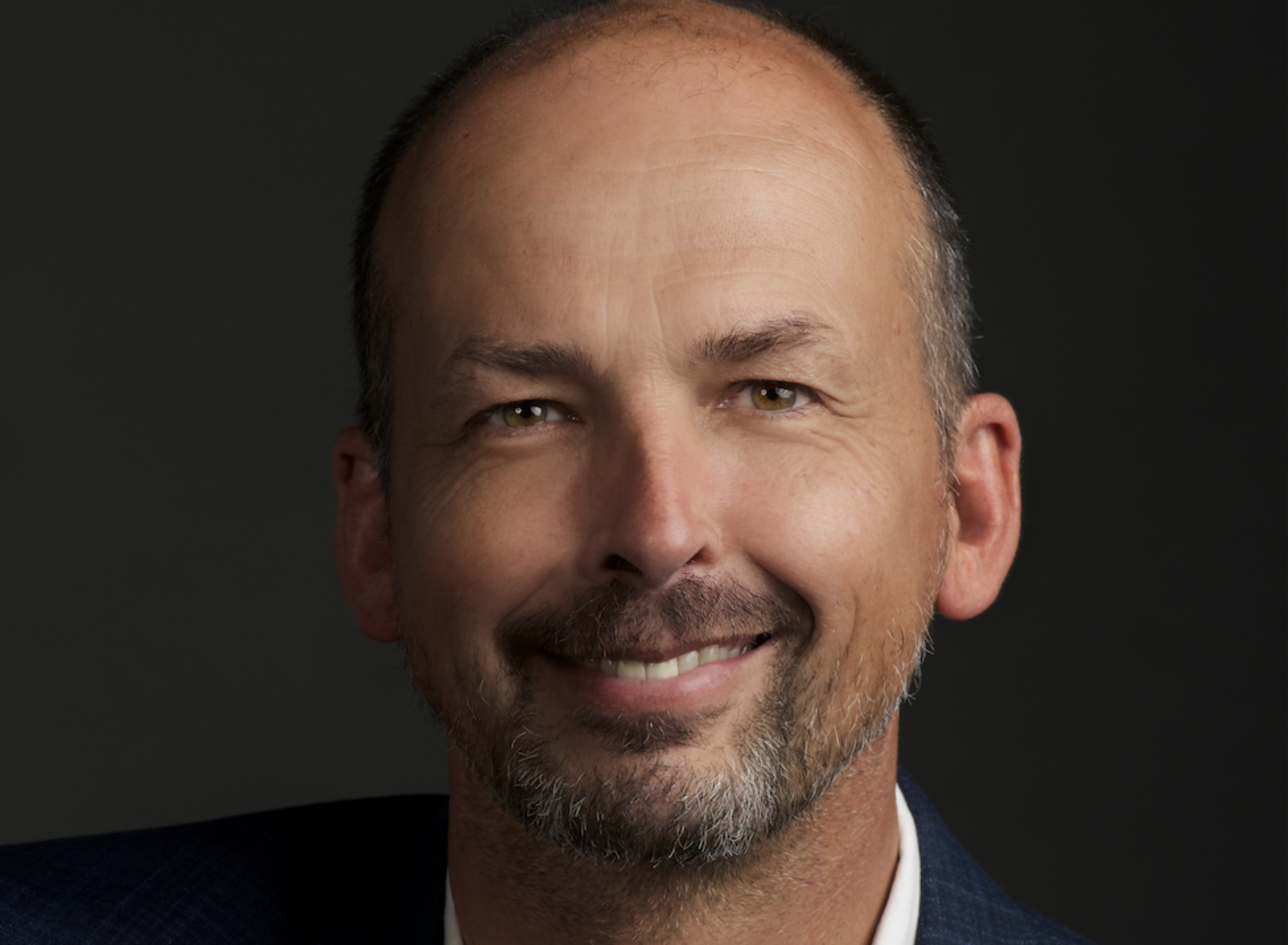
It’s hard not to be attracted to a horizon, right. There is something inviting. Something that pulls not only eyesight, but an inner imagination beyond the edges. Horizons open many of us. Even, if just for a moment, to lift our sight, and again, our imagination, beyond that task list and those deadlines on the paper or screen in front of us.
I snapped the horizon in the picture above, just yesterday. I was flying from Denver in to Salt Lake City. This picture faces south and east, about fifteen minutes from landing in Salt Lake City. I love the clouds as layer. I love the sky underneath. I love the two ranges that bound a valley. Miles and miles.
In Denver, this weekend I worked with the Vestry of the Saint John’s Cathedral, Bishop, and two local clergy. My friend and colleague, Father Charles LaFond and I hosted this group of thirteen people, that was very much a day of looking at horizons. In this case, the horizon included growing and building upon a practice of discernment. This vestry is in some significant decision-making, which includes recommending a next dean of the cathedral, which will of course impact much of the future.
“Discernment,” Charles reminds me and us, “is not just decision making. They are related, but not the same.” Discernment is more, right. And sometimes something that we need to reminded of both individually and collectively. Discernment, to me, digs deeper. It utilizes our good brains and good thinking. It welcomes our good hearts and honest feeling. It requires our good bellies, a knowing that reaches to deep places and is often only heard in a whisper.
Epistemology is a rather big word, isn’t it. I remember learning it in college and tripping over how to say it. I learned it as “ways of knowing.” It is the study of where knowing comes from. What I loved with the Denver group is there commitment to knowing from many layers, and, their welcoming of not just the task in front of them — “ready, go, let’s get to it” — but also, their willingness to look into the horizon. Up from the paper. Out through the window. Over to the mountains, and further to the next range. To see the awe, pause and stay with it, and then recognize that awe, in an among us, arising from being willing to engage with one another in the horizon that is just a bit of learning and few important questions together.
What a great day. It’s hard not to be attracted to that, too, right.


